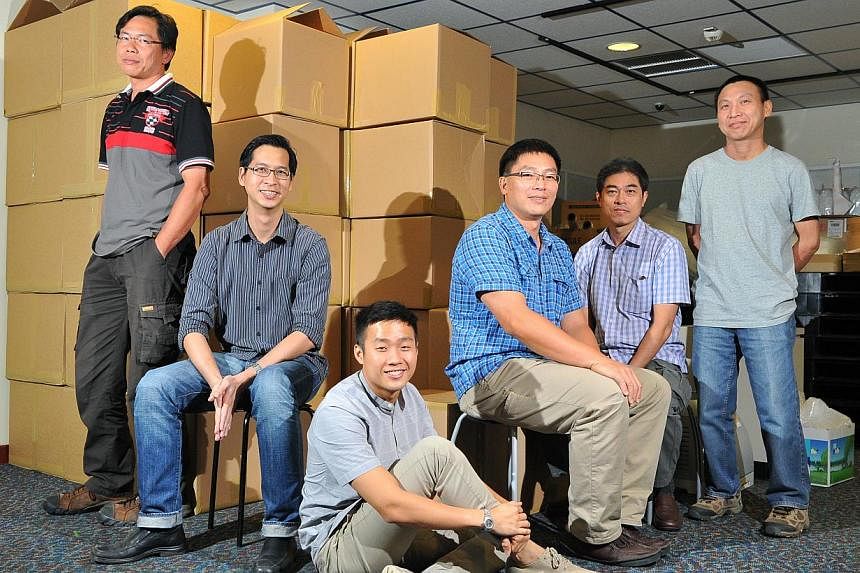WHAT'S in a name? Plenty, when compiling a list of animals in Hokkien.
What started out as a hobby for two curators at the Lee Kong Chian Natural History Museum has evolved into a labour of love that documents, for the first time, Hokkien animal names as they are used here.
Called Minnan (Hokkien) Animal Names Used In Singapore, the 58-page directory was published as an e-book on the museum's website earlier this month, and can be downloaded for free.
Apart from common translations like kau (dog), the directory of more than 300 animal names, complete with photos, lists some less-heard-of ones, such as hai tur (literally translated as sea pig, which refers to the dolphin) and even mythical creatures like the hong (phoenix).
Its main aim is to document Hokkien animal names and their pronunciations as they are used in Singapore, said Mr Tan Siong Kiat, 41, one of the two men behind the project. The other is Mr Kelvin Lim, 48.
"The translations were compiled from memory, experience, and from Hokkien speakers who are mainly the older members of our families and social circles," said Mr Tan.
The names are not simply direct translations from Mandarin. Rather, they are colloquial names used by ancestors to refer to animals, and both men stressed that the list is "neither comprehensive nor authoritative" .
For example, the tapir, a herbivorous mammal that people seldom encounter, does not appear to have a Hokkien name yet, although the curators admit it is possible that they just "have not met or talked to anybody who knows".
"People have come forward to tell us (animal) names that have been omitted," said Mr Tan, and more names will be added, should there be a second edition of the book.
The directory could be a resource for those keen on learning more about Hokkien, although it is not a guide on how to speak it, the writers said.
Nature lovers and guides who talk to older folk may also find it useful.
"Our grandmothers wouldn't understand us if we tried to talk to them about interesting animals using their English names," noted Mr Tan.
The directory had its beginnings in mid-2013, when a volunteer at the museum, then called Raffles Museum of Biodiversity Research, wanted to learn more about Hokkien, said Mr Tan.
So Mr Tan and Mr Lim, both native Hokkien speakers, started conversing with her in Hokkien. These conversations sparked the idea to compile a list of Hokkien animal names.
Said Mr Tan: "Singlish now seems to be the lingua franca for young Singaporeans.
"We hope the book will be useful for those of Hokkien descent who are interested in discovering their roots."
Undergraduate Sean Yap, 23, a volunteer guide at the museum as well as with Naked Hermit Crabs, which holds nature tours for the public, believes the directory will help him connect with his audience.
"When guiding, we try to be as conversational and colloquial as possible, and it really helps when you can connect with the people and how they view wildlife," he said.
Businessman Michael Jow, 39, the moderator of the Facebook group, Revival of Non-Mandarin Chinese Vernaculars in Singapore, said that the directory is useful.
Mr Jow, who is also the leader of the Singapore Hokkien Meetup Group, said that the directory gives students a good background, with its list of "colloquial terms used by our ancestors".
The directory is available here.


